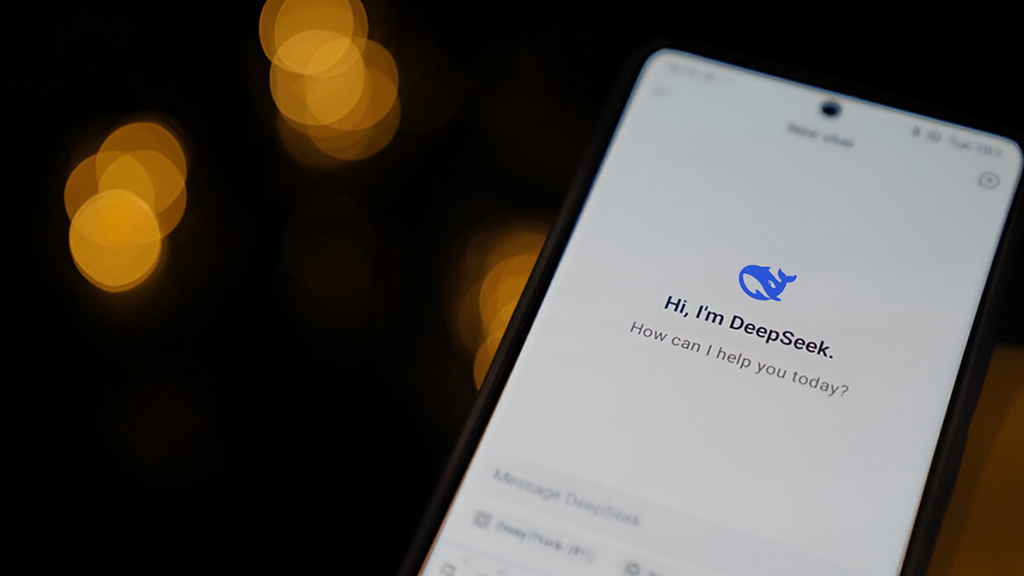
Global Content Lead - Tech & Consulting
Subscribe to the newsletter
If asked what’s the most crucial feature of cryptocurrency, the answer is pretty easy: decentralization. It’s a remarkable way to add an extra layer of security over global transactions.
Back in 2016, a bunch of developers tried building DAO (Decentralized Autonomous Organization). So let’s find out what this term means.
What is DAO?
DAO (Distributed Autonomous Organization) can be defined as an internet-native business that is:
- Collectively owned and managed by its members, with no CEO, executive management, or organizational hierarchy.
- Governed by a smart contract
In case you are wondering what a smart contract is, it’s a digital agreement that allows for the exchange of money, property, shares, or any other valuable item between parties without the need for a third party, through a transparent and conflict-free process.
Comparing DAO with a conventional organization
When compared with a conventional organization, a DAO is quite different. The table below highlights some key differences:
| Distributed Autonomous Organization | Conventional Organization |
|---|---|
| Flat and fully democratized | Hierarchical |
| Members must vote to implement changes | A sole party can demand changes, or voting may be offered |
| Votes are tallied, and outcomes are implemented automatically. No trusted intermediary is required. | In case voting is allowed, votes are tallied internally. Outcomes are implemented manually. |
| Services offered are handled automatically in a decentralized way | Requires human handling or centrally controlled automation, prone to manipulation. |
| All activities are transparent and fully public | Most activities are private and limited to the public. |
How does DAO fit in Web 3.0 Landscape?
This diagram explains how DAO fits into the Web 3.0 world along with other concepts:

The process of setting up a DAO involves three main stages: establishment, funding, and operations. First, the governing rules of the DAO are defined by its members using smart contracts, which create the foundational framework for how the DAO will operate and what its incentive structure will be.
Once the foundational rules are established and written on the blockchain, the next step is to raise funds by issuing governance tokens. These tokens give their holders certain voting rights, usually proportional to the number of tokens they hold.
Once funding is complete, the DAO is ready for deployment, and all decisions are made through consensus voting among the token holders. Members can propose initiatives, decisions on how to spend the funds, and compensation mechanisms. The smart contracts allow DAOs to operate independently of their creators or any central authority.
Participation in a DAO can take many forms, from buying governance tokens, voting on Snapshot, joining the DAO’s Discord channel, or taking on actual projects and getting paid for your contribution. The level of involvement is flexible and can be tailored to your interests.
DAOs are open-source, and the operating rules are defined in smart contracts, making them fully visible, auditable, and autonomous. All transactions and activities are recorded on the blockchain and can be reviewed by anyone, ensuring transparency and immutability.
Types of DAOs
In the Web 3.0 landscape, various types of DAOs exist. Some of the commonly used types include:
- Investment DAO: Allows members to pool capital and invest in projects that require funding to get started.
- Collector DAO: Seeks to acquire and invest in NFTs with long-term value.
- Services DAO: Provides a space for people to work on open internet projects, essentially acting as a talent agency.
Today, you can find 100+ DAOs managing over $10 billion in assets.
Summing up
Decentralized autonomous organizations (DAOs) are shifting our perspectives on how organizations function and may function in the future. However, some giants have yet to move to this unchartered territory, so they will have to overcome some hiccups.



